Words and phrases like pre-qualified, pre-approved, and approved have been used to describe one’s loan application status in a number of industries over the last several decades, perhaps none more prominently than the mortgage world.
Words and phrases like pre-qualified, pre-approved, and approved have been used to describe one’s loan application status in a number of industries over the last several decades, perhaps none more prominently than the mortgage world. Commercial financing, however, has really lagged behind the sensibilities of nearly every other lending segment’s protocol. That is to say, it used to be simple: you were either approved or declined.
Recently, however, with our own innovation of the PreQual system in 2017 – and with a number of so-called ‘fintech’ (or financial technology) lenders entering the marketplace, buyers have begun to get exposed to a number of other application statuses in between. The reasons for this vary, but usually have a lot to do with the ever-increasing velocity of online transactions.
Each day, we hear about a customer getting approved only to find out their desired truck sold yesterday. Buyers and sellers of equipment are moving faster and faster – leading to the need for preemptive qualification (that is, the ability to predict with some reliability whether or not you have the buying power needed to negotiate the purchase of equipment.) Understanding if you can buy first, and secondly how much you can spend, enables one to shop in their price range with more confidence.

Pre-qualification is the art of reviewing standard data points.
Pre-qualification is the art of reviewing standard data points like time in business, personal and business credit history, monthly cash flow, reserves/working capital on hand, and a number of other factors to see if you qualify based solely on the available data. American’s PreQual system is an advanced underwriting platform that compares this data against 110,000 possible scenarios and combinations, aggregating our own internal credit parameters alongside those of three dozen partner banks to find the ideal place where a customer’s transaction fits.
We’re awfully proud of this system – but not all “pre’s” are created equally. You’ve probably seen the spam emails that are sent regularly to your inbox – often on a daily basis if you’ve had the unfortunate experience of having your information sold by a company with a slimy privacy policy. They read: “You’re Pre-Approved!” We all shake our heads at this nonsense. After all, how can you be pre-approved if you haven’t provided any information? I’m sure we’ve all had an experience where we were told we were pre-approved, and found out later that we weren’t approved at all.
Pre-qualification differs from pre-approval because it is based on actual data points supplied by the end user. Pre-approval is usually based solely on market data. This means pre-approval might help identify classes or groups of applicants that may qualify, but pre-qualification helps identify actual individual applicants that fit the criteria, often through a comparison of that individual’s data against the market data available.
When our competitors offer customers a quote or a pre-approval, usually they’re providing a customer who meets barebones requirements like two years in business, 600+ credit, etc. the lowest possible rate and terms they offer. Then, once the collect a full application package on the customer, they let the customer know that the actual terms will be much higher. We’ve turned this concept on its head – we intentionally quote on the high side of a customer’s range to help set proper expectations. Our goal is to come in with lower terms once everything is actually formalized. This is the essence of why pre-qualification is superior to pre-approval.
In the mortgage world, a pre-approval usually happens once the bank knows how much you keep in your bank account and has looked at your credit. The pre-qualification happens once you supply financial information and complete the full application process. Then, final approval happens once you decide what you want to buy and the bank verifies the property you’re seeking qualifies for the exact mortgage program they’re underwriting. We have modeled our process after this sequence of events.
After a pre-qualified customer identifies the equipment they want to move forward on, we perform due diligence on the dealer (or seller) and equipment. This is an involved process that includes performing lien searches, completing an asset valuation and appraisal process, and rounding up any final documents we need to verify everything you stated on the PreQual is true. For many customers purchasing equipment that costs less than $50,000-$75,000, this can be accomplished very quickly.
The value of pre-qualification is that it allows us to look at a customer’s data points and lock in terms for 90 days while they shop for the ideal equipment, truck, or trailer. It also helps customers who don’t qualify to find that out day one, and for customers who only qualify with a large down payment to start the process of saving and preparing for the upfront costs associated with getting their venture up and running.
The best piece of advice we can offer to customers looking for a reliable equipment finance company is to use common sense. If a company is offering you terms without any real data on your company – the terms can be (and probably are) too good to be true. If a company asks you for a full financial package and application before they’ve given you a quote – consider this a sign of things to come. If their process does not allow them to give realistic payment numbers upfront, many of their documentation and funding processes will probably be equally outdated and cumbersome.
At American, we’re proud to be the only equipment financing company to understand that times are changing and customers need answers they can rely on right away. If you’re ready to get started finding the perfect commercial equipment to start or grow your business, you can get pre-qualified right away and receive terms in just 2-3 minutes.





